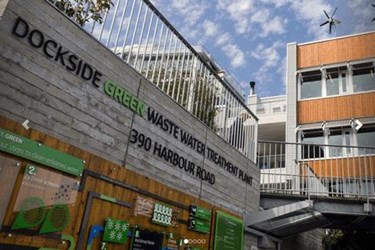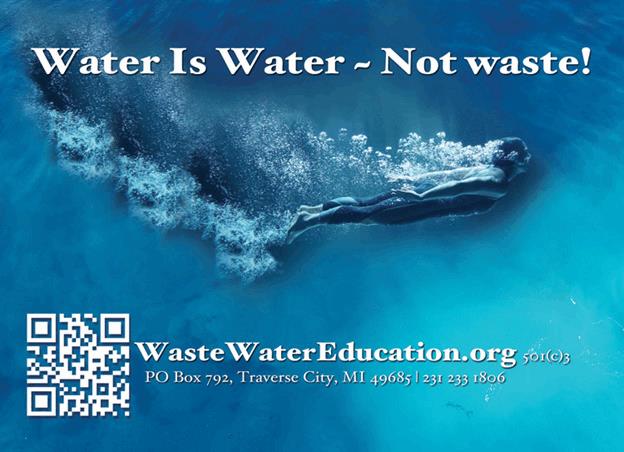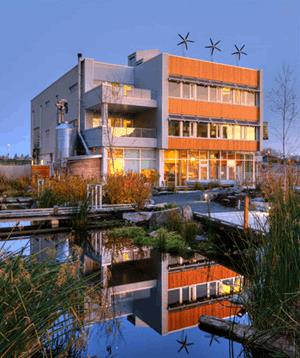We Are All Water

By Dendra J. Best, executive director, WasteWater Education 501c3
I was at a funeral recently and when the internment got to the “ashes to ashes, dust to dust” part, specifically at “dust you are and to dust you shall return,” it occurred to me that nothing could be further from the truth.
Shouldn’t it be “water you are and to water you shall return”?
We talk about the water table, water quality, and water sustainability, but each of us walks around carrying on average 50 to 65 percent water. The percentage of water in babies is much higher, typically around 75 to 78 percent. What better reason is there to celebrate water infrastructure projects where conservation, efficient use, and paying it forward are central to design and sustainability? In this and future articles, WasteWater Education, a national nonprofit, will showcase examples of project design and water management that remember the future interests of those 75-to-78 percenters counting on us to get it right.
I first met Patrick Lucey at a conference in Milwaukee in 2009. The audience was spellbound by what was being planned for Dockside Green — 15 acres of former industrial brownfield land along the harbor front in Victoria, BC. Many of those design concepts were incorporated into facilities for the 2010 Vancouver Winter Olympics. Aqua-Tex Scientific Consulting Ltd worked with PWL, in Vancouver, BC, and a leading landscape architecture company. Both have since adopted and advanced many of the design concepts they pioneered at Dockside Green where a key design member, Terry Williams, laid out many of the initial ideas.
Having watched Dockside Green grow from that idea, to being recognized as one of the most sustainable developments in the world for their LEED Platinum design practices, always begs the question: Shouldn’t this be the standard for all community design?
Though Patrick Lucey is no longer part of the Dockside Green design team, the principle of rethinking and repurposing wastewater to be an economic asset, as he so amply demonstrated back in Milwaukee six years ago, is a no-brainer. Standing at that podium, on the back of a cocktail napkin he'd done the math on the night before, he laid out how that conference hotel could turn its costs of wastewater service into an income revenue source. I always wonder if anyone from management ever called him back?
Patrick Lucey, of Aqua-Tex Scientific Consulting Ltd. in Victoria, will be the first to tell you his main focus is on aquatic ecology, but the world can no longer afford the old mantra of “dilution is the solution.” Best use, reuse, protection, and preservation of water resources go hand in hand with civilized society — hence the slogan for our organization…

Dockside Green showcases the operation of its wastewater plant, and this is by no means your grandpa’s idea of how to ‘do’ wastewater.


[From DocksideGreen.com] Wastewater management and treatment at Dockside Green is completed on-site at the Waste Water Treatment Facility. This facility, operated by Corix Utilities, treats and filters 100 percent of the sewage and grey water generated by residents and commercial tenants. The residual reclaimed water is reused on-site at a high level for toilet, and rooftop garden irrigation, and at a low level for landscape irrigation to maintain the water level of the Greenway. Learn more about this facility by reading “Grey Water and the Green Ribbon” on Dockside Green’s stories page.
Once Dockside Green is complete, it will offer 1.3 million square feet of mixed residential, office, retail, and industrial space, and will represent the biggest development of city land in Victoria's history.
I remember one particular comment from that audience in 2009: “How can you possibly expect people to be happy living next to an open storm drain or a sewer?”
History has provided ample proof of concept. The most sought-after properties are located right on the water courses!
Is this wastewater? Aren't we all just wastewater? Well, at least 50 percent of each of us is, it seems.
Getting that message out to the public at large is what WasteWater Education is all about. Fluid thinking at it's very best!
